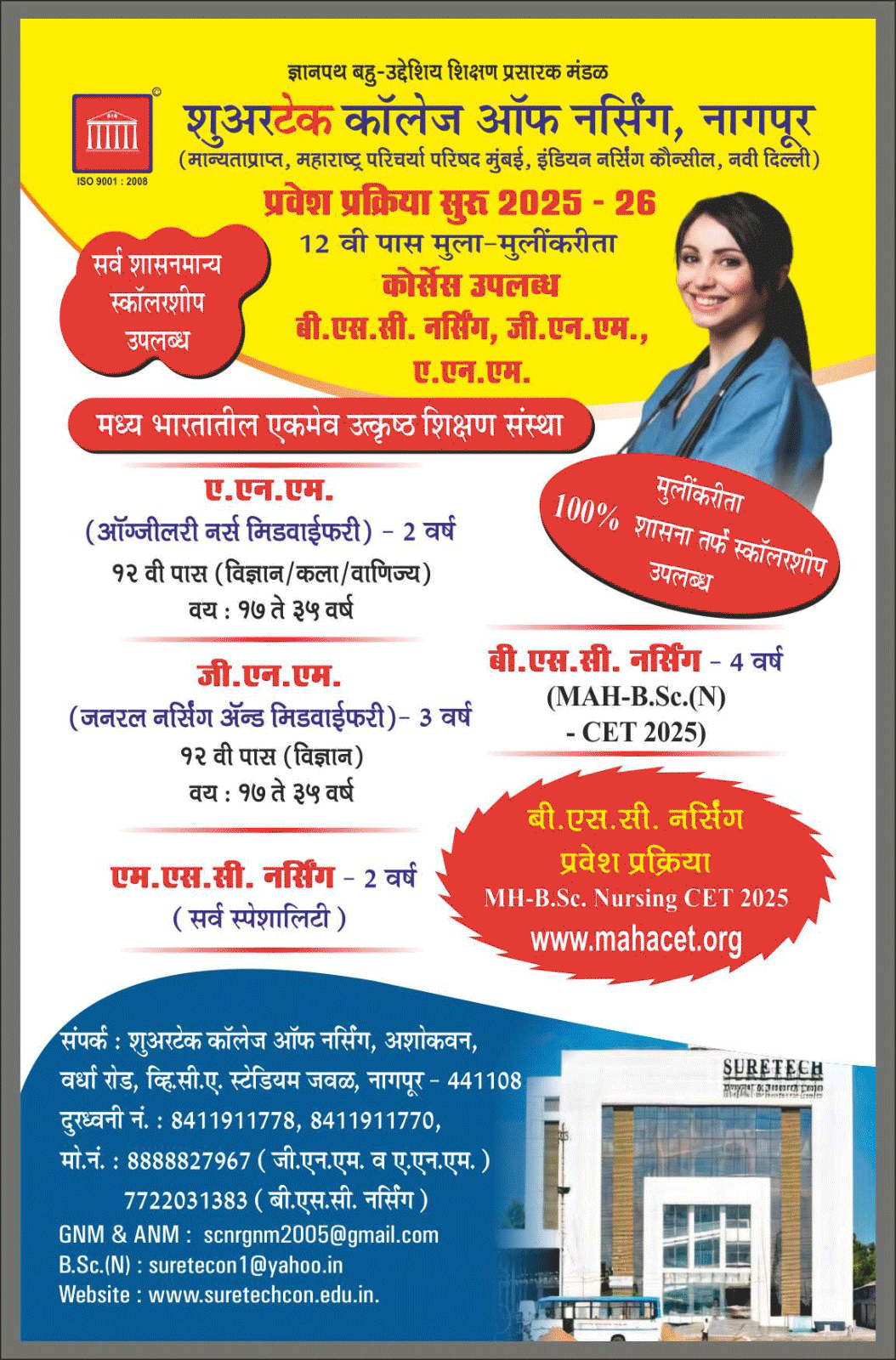Wearable tech is changing basketball by using biomechanics to prevent injuries. It follows a player’s movements to analyze the mechanics of the body and the game. In a contact sport such as basketball, wearable technology is gradually becoming vital as it provides the athletes and trainers with sufficiently critical information to help them manage their injuries and optimize their recovery.
Types of Wearable Tech Used in Basketball
In basketball, wearable technology is a diverse category of gadgets with different functions. Smart compression garments, for example, measure muscle activity and fatigue, providing insight into body stress during gameplay. There are also motion sensors, which can be located in sleeves or shoes and provide data on movement. These gadgets monitor the degrees of freedom of a joint, velocity, and acceleration, providing detailed information regarding biomechanics never before possible.
In addition to tracking motion, biometric sensors are functional in tracking human physiology, including heart rate variability and oxygen saturation. This data provides information on an athlete’s recovery and preparedness for the following bouts, a way of modifying the training regimen. With platforms like Melbet, coaches can use this data to make informed decisions, just like fans can for their strategies. Wearable tech is a constantly growing field, and with it, the possibilities of predicting and preventing further injuries are only increasing. It will keep players on the court for much longer.
 Critical Metrics for Injury Prevention
Critical Metrics for Injury Prevention
Preventing injuries in basketball requires more than watching for signs of strain on the body. Wearable tech captures specific metrics crucial for injury prevention:
- Joint Load: This implies stress in several places, such as the knee and ankles, and shows a large amount of pressure that is dangerous to the joint area.
- Muscle Fatigue: This allows one to evaluate muscle fatigue levels, detecting when an athlete might require rest or a different workout regime.
- Impact Forces: Records the force with which a person jumps and lands and is indispensable in tracking possible dangerous movements that lead to injury.
These metrics help ensure that future individual training regimes do not predispose athletes to develop injuries frequently, leading to premature retirement from the games.
Understanding Biomechanical Data
Studying biomechanics in basketball allows one to examine the body and determine how its movements may affect the entire performance or the risk of injury. In this case, wearable tech gathers such data to emphasize aspects such as muscle load and joint angles, thus opening up a possibility for injury prevention.
Motion Sensors for Analyzing Movement Patterns
In particular, motion sensors are installed in footwear and garments like sleeves, which track all movements, including shifts and pivots. These sensors measure vital factors like speed, acceleration, and angles at which joints are moving. Football coaches and fans can leverage Melbet registration to gain deeper insights from this data, enhancing their understanding of player performance and potential injury risks. This technology integration allows for a more nuanced approach to training and match-day tactics, giving the team a strategic edge.

Muscle Activation Tracking
Wearable tech can give detailed information on the strength and rhythm of muscle contractions, showing a grasp of how an athlete’s muscles act during specific actions. This means that training can focus on enhancing the particular movements that provide a lower load on muscles and increase the load in weak movements.
It can sometimes result in strains or imbalance, especially when specific muscle groups have to compensate for other relaxation of other muscles that it is usually expected to coordinate with in exercising. In this way, trainers can design particular weighting exercises to mitigate these imbalances and improve the athlete’s performance. This helps to minimize the chances of injury occurrence and is particularly beneficial to muscle mass.
Role of Wearable Tech in Recovery Programs
Technology is now being integrated into the recovery programs of basketball by issuing wearable devices that supply information that helps in recovery plans. Key features include:
- Heart Rate Monitoring: Measures cardiovascular stress to ensure athletes regenerate at the best rate and do not become overextended during recovery.
- Range of Motion: Determines the joint’s flexibility after an injury so that trainers can choose the following action.
- Sleep Quality Tracking: Monitors activity to assess recovery performance because sleep is essential for muscle restoration and clarity.
The indicated tools allow medical teams and coaches to achieve an optimal recovery time, eventually improving athletes’ performance and health.
Future of Wearable Tech in Basketball
Wearable technology in basketball is bound to have a bright future as more innovation goes into further enhancing injury prediction and performance. Sophisticated motion sensors that monitor movements at the micro level may, in the future, prompt alerts on possible injuries within a short period. These sensors could one day be incorporated into regular wearables and apparel such as compression sleeves and headbands, thus making the technology even more discreet.
Moreover, with the growth in Artificial Intelligence, wearable technologies are expected to shift from diagnostics to predictive wearables, where an individual is provided information regarding motions and injuries in records. This would be a proactive way of training and conditioning; athletes would understand what can best be done to avoid future injuries.
Final Thoughts
Wearable technology has practically revolutionized basketball by combining science with the sport to ensure that athletes remain fit and in action. Changing with time, technology has the potential to map the world so that every movement is comprehended and quantified. This is a new generation for eliminating injuries in sporting disciplines since data is used to make good decisions and ensure healthy athletes.



 Critical Metrics for Injury Prevention
Critical Metrics for Injury Prevention










